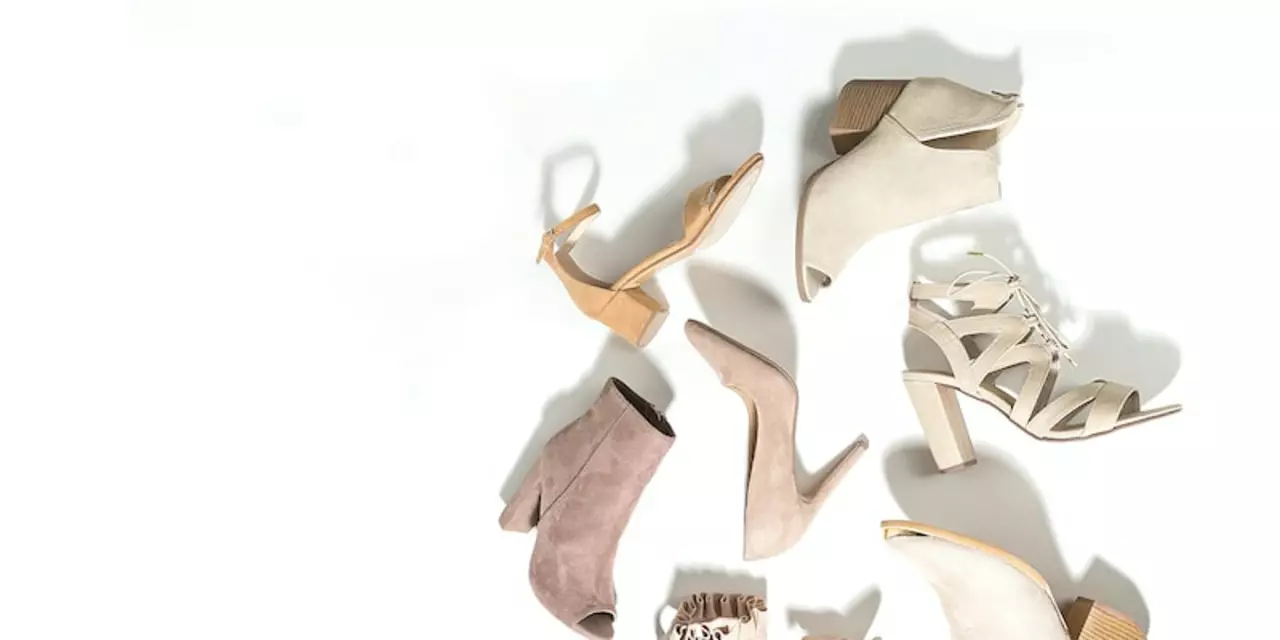Shoes for Mountain Biking – Your Ultimate Guide
When talking about shoes, protective footwear designed for activities ranging from casual walks to high‑intensity sports. Also known as footwear, they directly affect comfort, safety, and performance on the trail.
One of the most important sub‑categories is mountain biking shoes, stiff‑sole shoes that lock into bike pedals via cleats, giving you better power transfer and control. These shoes often feature reinforced toe caps, breathable uppers, and a rubber rand for extra grip when you’re on foot. Pair them with a good pair of cycling cleats, metal or polymer plates that attach to the shoe sole and click into compatible pedals, and you’ll notice instant improvements in pedal efficiency.
Fit matters just as much as technology. A well‑fitted shoe provides the right amount of support without squeezing the foot. Think of footwear fit, the relationship between shoe size, arch shape, and ankle stability. The right fit reduces hot spots, prevents blisters, and keeps your feet ready for long rides. When you try on shoes, check that there’s a thumb’s width of space at the toe box and that the heel stays snug as you pedal.
Key Factors When Choosing the Right Pair
shoes are more than just a fashion statement on the trail; they’re a performance tool. First, consider the sole stiffness. Stiff soles = better power transfer, but they can feel harsh on rough terrain. Second, look at the closure system—lace‑ups, Velcro straps, or BOA dials each offer a different level of adjustability. Third, evaluate protection gear like toe plugs or ankle wraps that are often built into the shoe design to shield you from rocks and roots.
These attributes tie together in a simple semantic chain: Shoes encompass protection, shoes require proper fit, and protection influences rider confidence. When you understand how each element works, you can pick a shoe that matches your riding style—whether you’re doing aggressive downhill or relaxed cross‑country.
Another emerging trend is shoe technology. Companies now embed carbon fiber plates for ultra‑light stiffness, and some models feature ventilation channels that let air flow directly to the foot. Battery‑powered heated insoles are also making their way into premium mountain biking shoes, keeping toes warm on chilly ascents. These tech advances show how footwear evolves alongside bike components.
If you’re on a budget, don’t overlook entry‑level options. Many mid‑range shoes still offer a solid carbon plate, decent closure, and a reliable rubber rand. The key is to test them on a short ride; if they feel stable and comfortable, they’ll hold up for most trail conditions.
Maintenance is often forgotten but crucial. Keep the soles clean, wipe down the uppers after muddy rides, and periodically check the cleat bolts for tightness. A well‑maintained pair lasts longer, maintains its grip, and saves you from unexpected failures mid‑trail.
Below you’ll find a curated collection of articles, reviews, and how‑to guides that dive deeper into each of these topics. From detailed shoe tech breakdowns to real‑world fit tips, the posts will give you the insight you need to make an informed choice and get the most out of every ride.

road-cycling shoes or mountain-biking shoes?
Road-cycling shoes and mountain-biking shoes are both essential for different types of cycling. Road-cycling shoes are designed to provide maximum power transfer to the pedals while mountain-biking shoes offer more stability, grip and protection. The type of shoe needed depends on the type of cycling and terrain, as road-cycling shoes are designed for smoother surfaces, whereas mountain-biking shoes are designed for more challenging terrain. Additionally, road-cycling shoes generally have a stiffer sole than mountain-biking shoes, allowing for a smoother and more efficient pedalling motion. Ultimately, the choice between road-cycling shoes and mountain-biking shoes depends on the individual's cycling needs and preferences.
Read More



